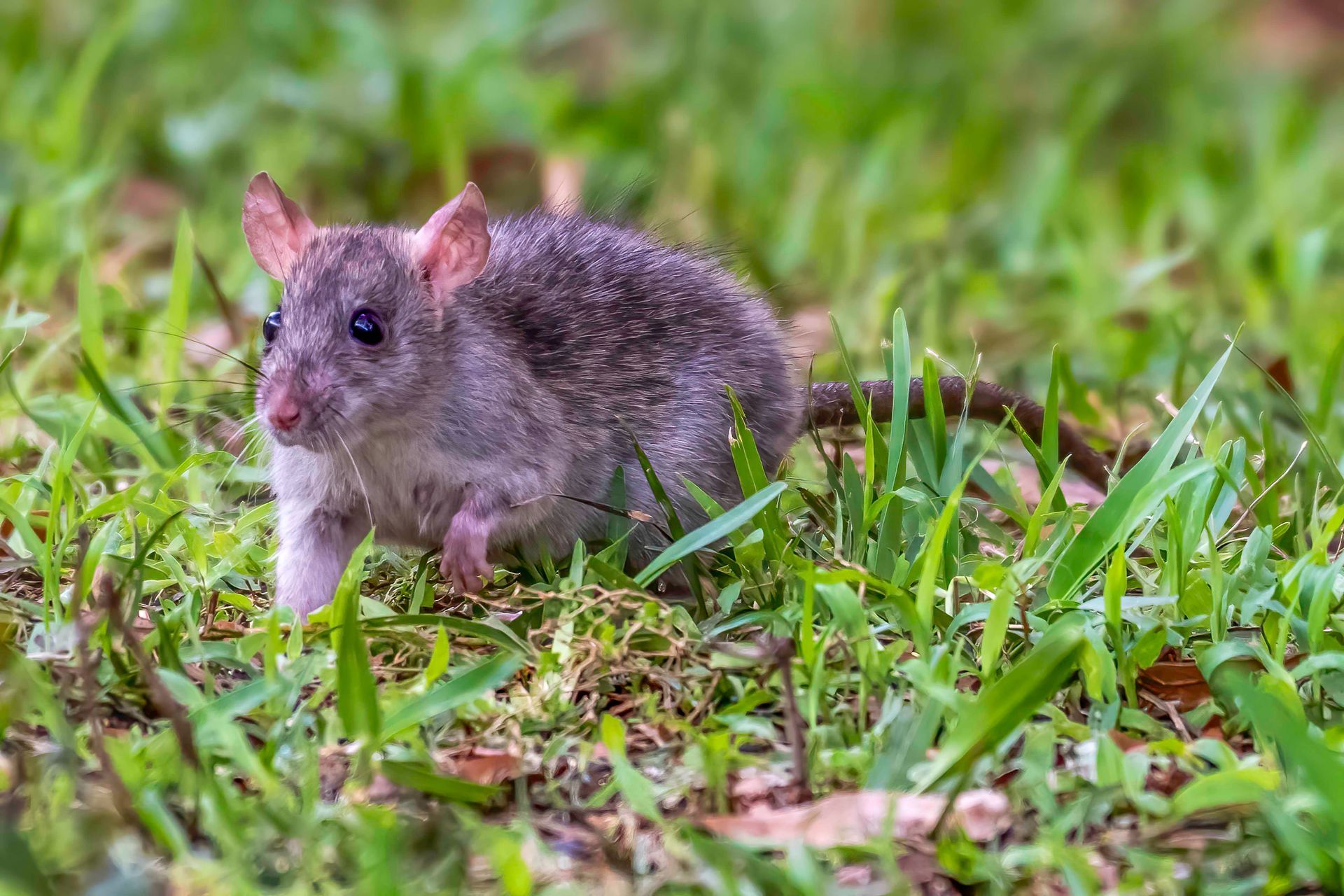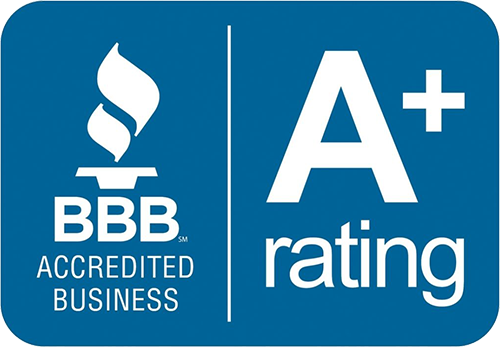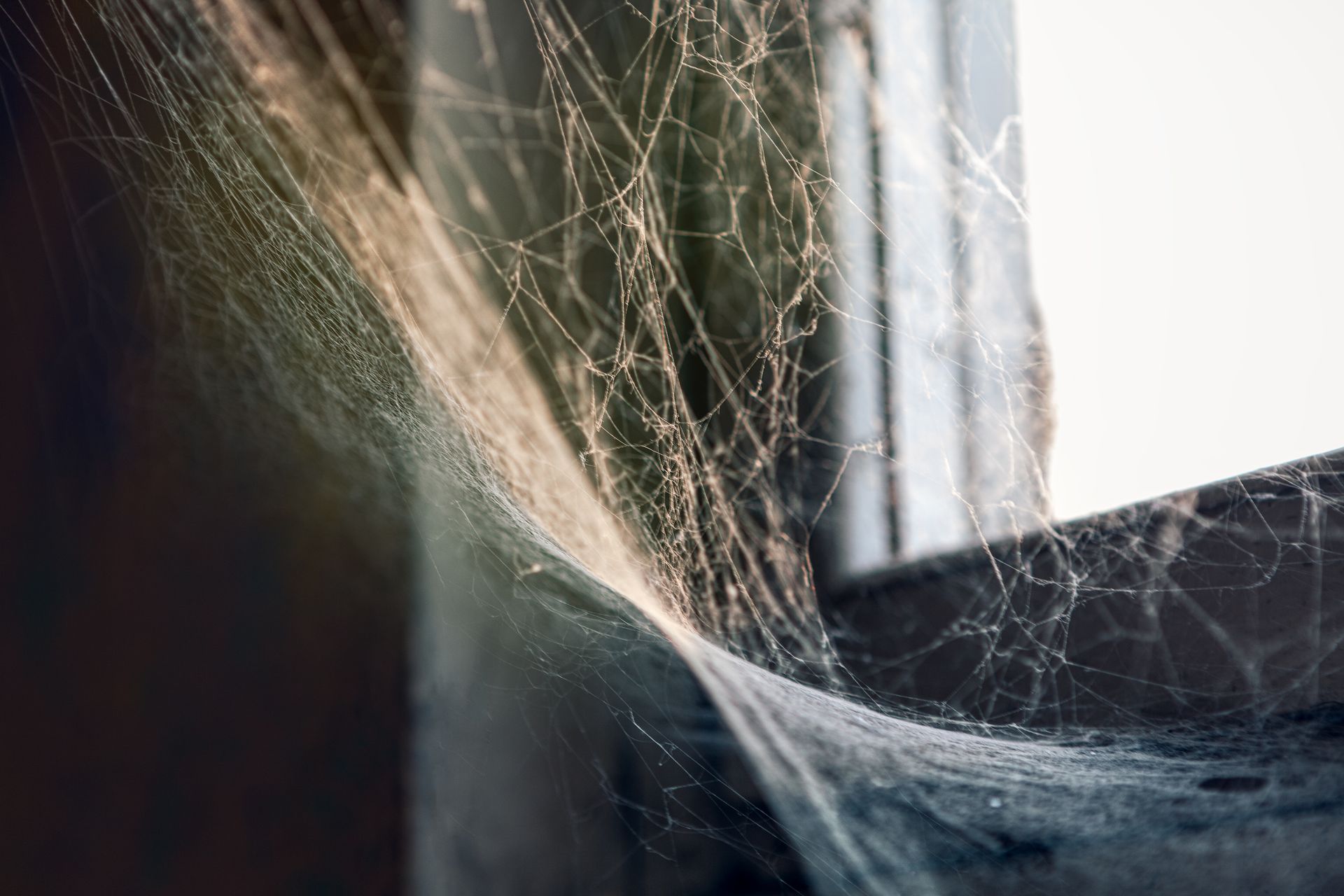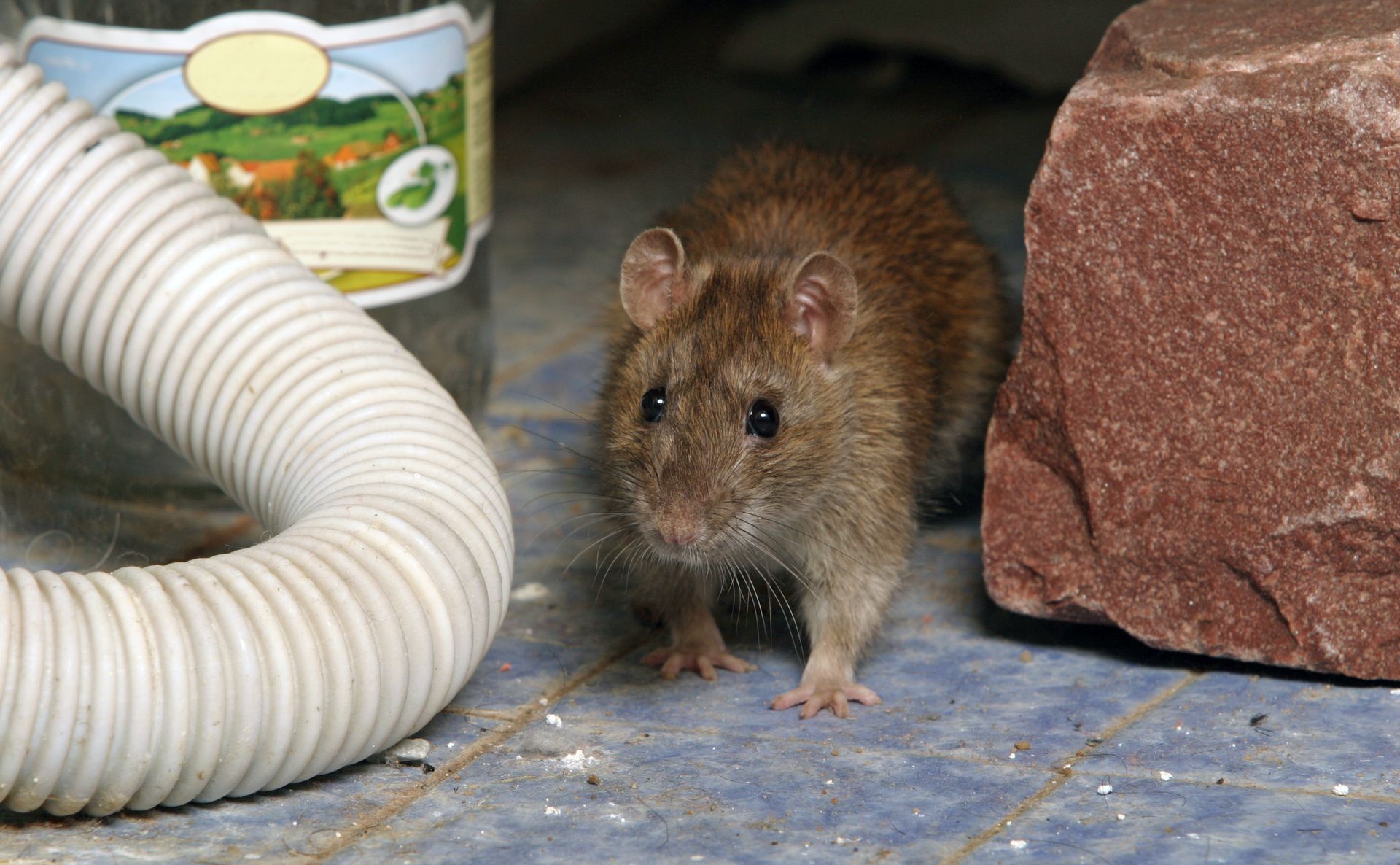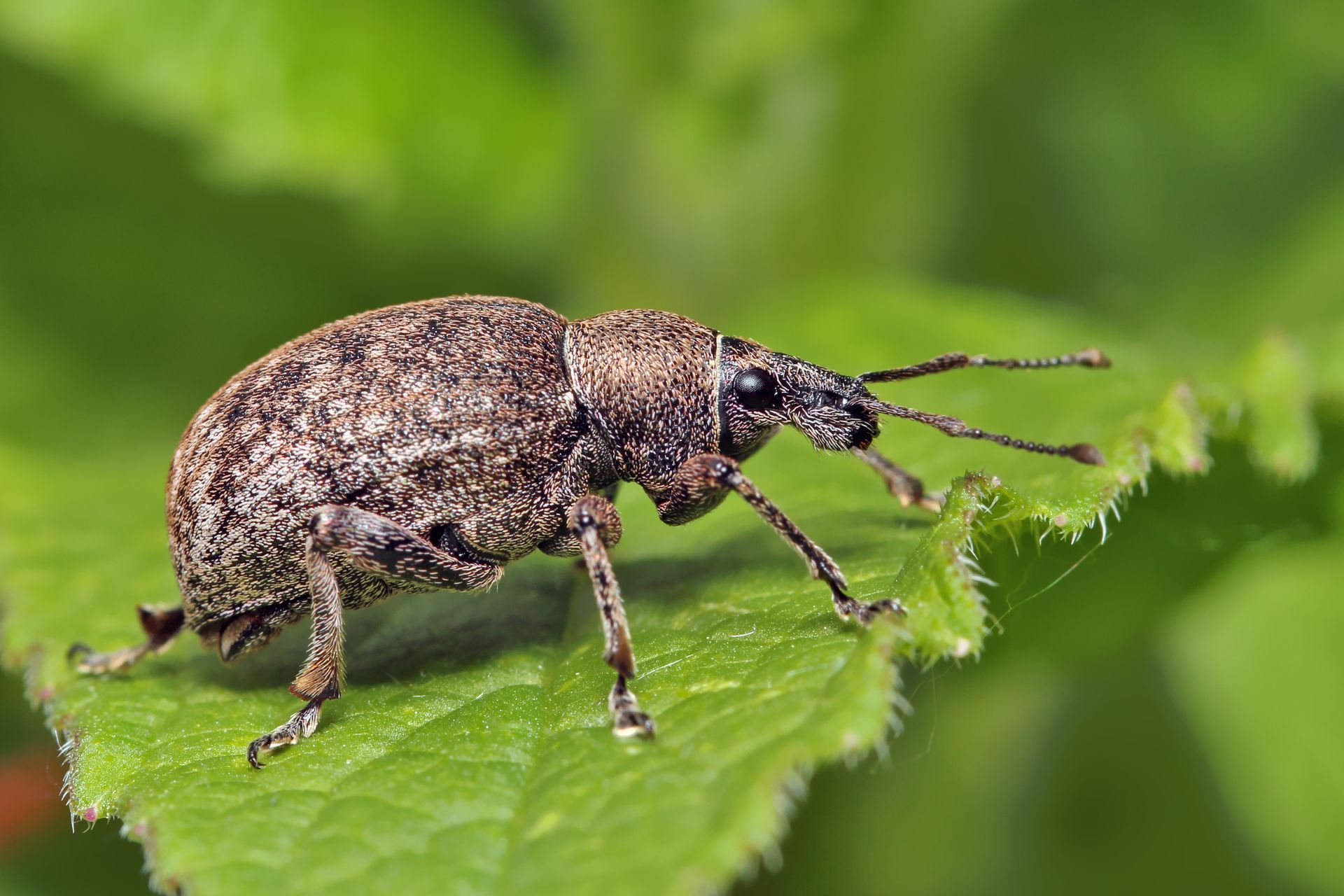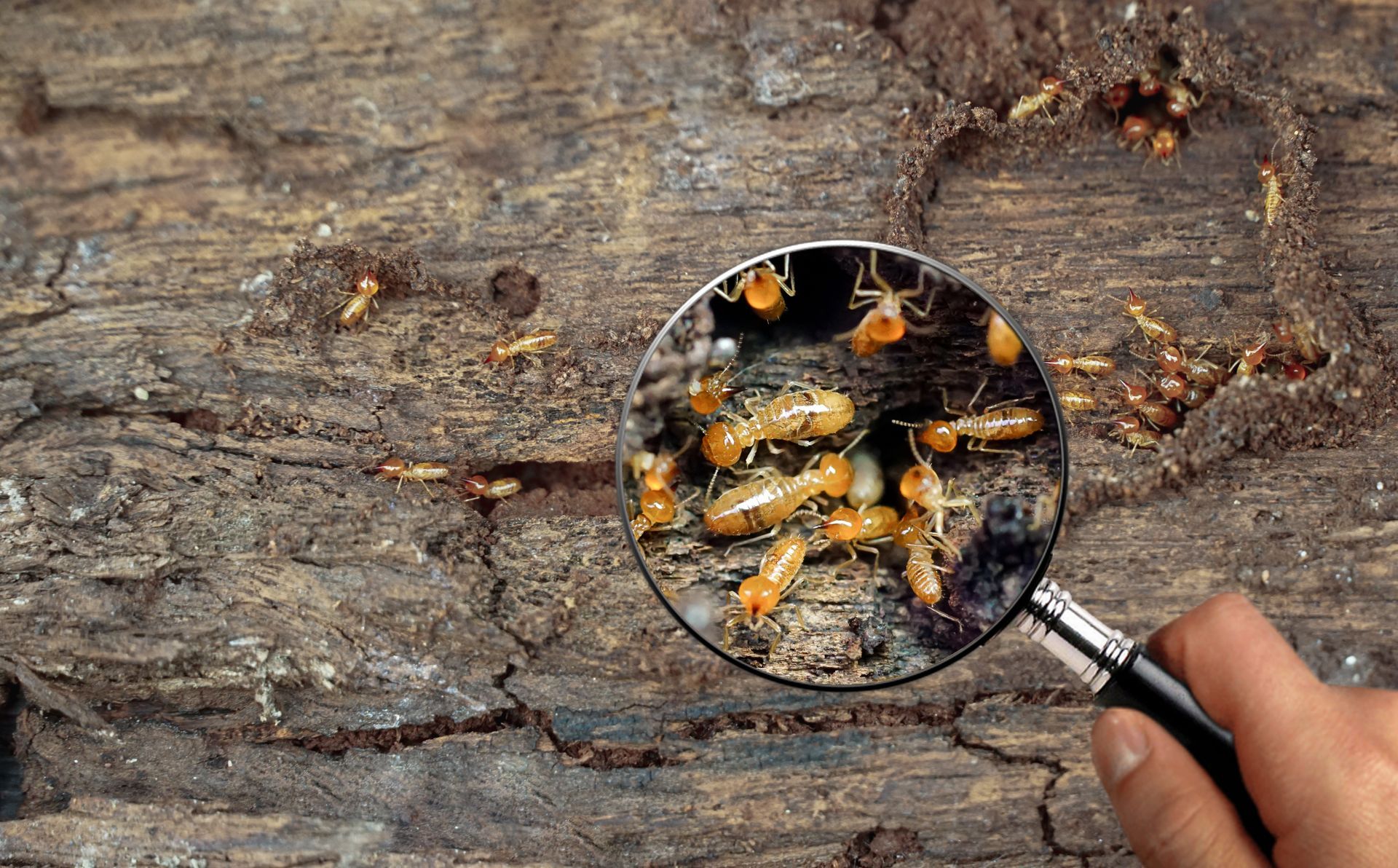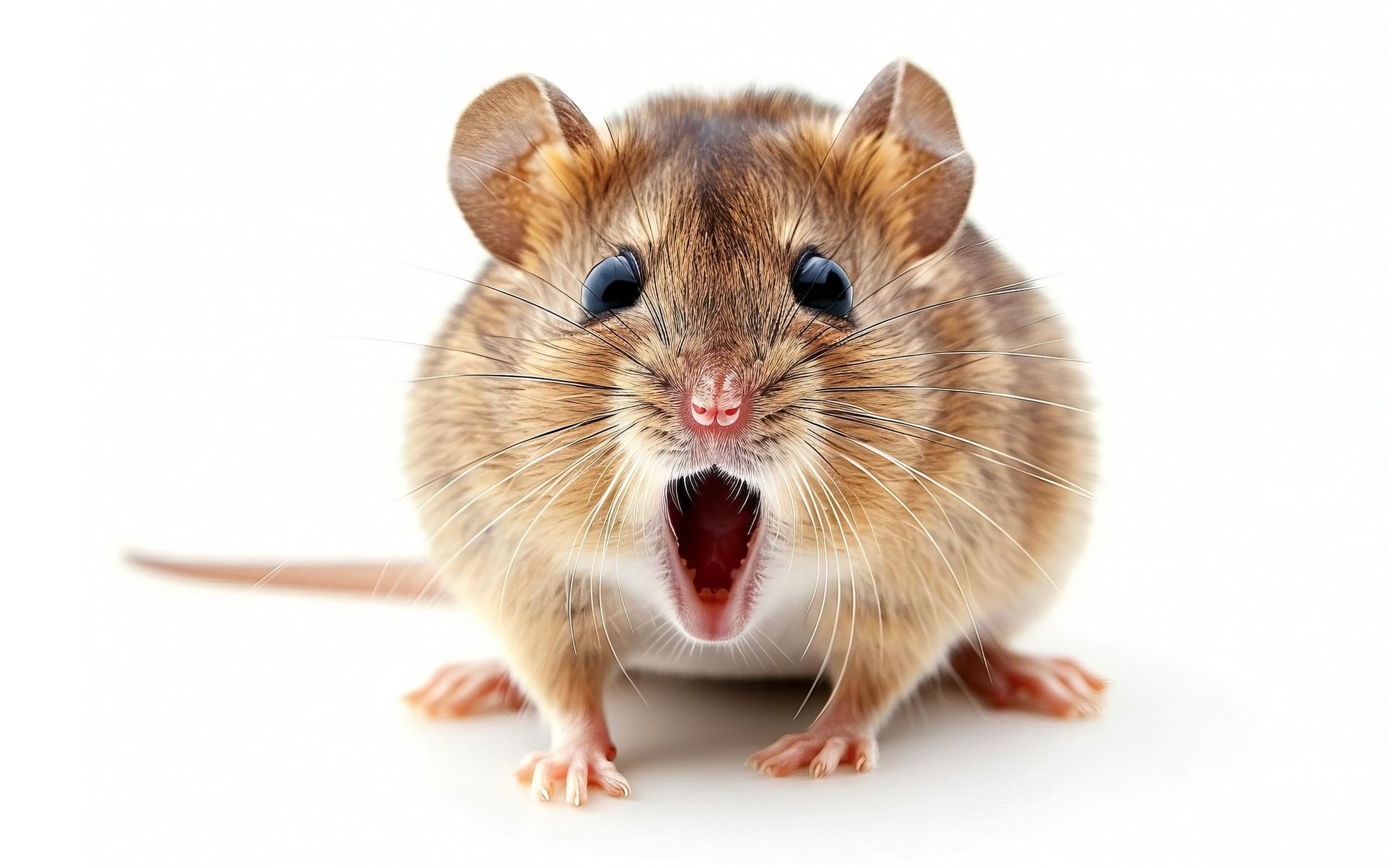Identifying Mouse Poop Versus Roach Poop
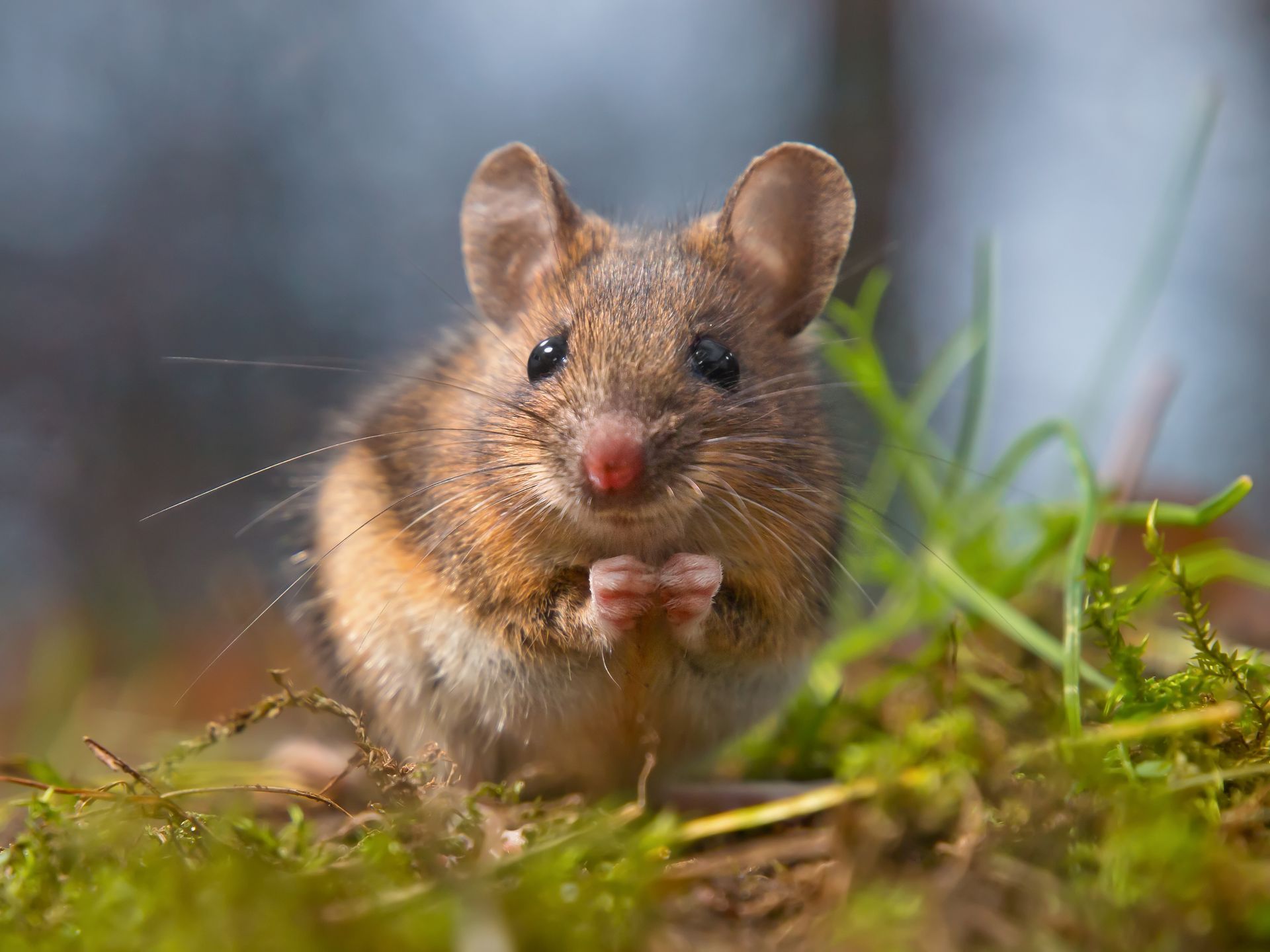
Effective pest control begins with accurate pest identification. One of the most telling signs of a pest infestation is the presence of droppings. However, not all droppings look the same. Homeowners and property managers often struggle to distinguish between mouse droppings and cockroach feces. Misidentifying these signs can delay proper treatment and allow infestations to worsen over time.
Understanding the difference between mouse and roach droppings can help you respond more quickly and appropriately, whether you are handling the issue yourself or contacting a professional pest control service such as Killo Exterminating Co., Inc.
Why Accurate Identification Matters
The presence of droppings is one of the earliest indicators of a pest problem. However, not all pests require the same treatment methods. Mice and cockroaches differ significantly in behavior, reproduction rates, nesting habits, and food preferences. Misidentifying the type of pest can lead to ineffective pest control strategies and may increase the severity of the infestation over time.
For example, if you assume the droppings in your kitchen cabinets belong to cockroaches but the actual culprits are mice, bait placement and entry point sealing efforts may not address the real issue. Therefore, learning to correctly identify these droppings is essential for successful intervention.
Physical Characteristics of Mouse Droppings
Mouse droppings are typically easy to spot, especially in areas with regular pest traffic. They exhibit a consistent shape and size, which can be used to distinguish them from other types of pest waste.
Size
Mouse droppings are relatively small but visible to the naked eye. They usually measure between one eighth to one quarter of an inch in length. While this might sound small, they are generally longer and more cylindrical than most other common pest droppings.
Shape
The shape of mouse feces is one of the most distinguishing characteristics. Each pellet is usually rod-shaped with pointed ends, resembling a small grain of rice. The uniformity in shape is often a key giveaway in determining whether the droppings belong to a mouse.
Color
When fresh, mouse droppings are dark brown or nearly black in color. Over time, they tend to dry out and fade to a grayish hue. The color can also depend on the mouse’s diet. For example, droppings from mice that consume grains or dry food will appear drier and more granular.
Texture
Fresh mouse droppings are soft and moist, which can help determine how recently the droppings were deposited. Over time, they harden and become brittle. This information is helpful in identifying the age of the infestation.
Physical Characteristics of Roach Droppings
Cockroach feces vary depending on the species and size of the insect. In general, cockroach droppings are much smaller than mouse droppings and appear in different shapes depending on whether the roach is a juvenile or adult.
Size
Roach feces are usually much smaller than mouse feces, particularly for German cockroaches, which are among the most common indoor species. Their droppings often resemble coffee grounds or black pepper specks. Larger cockroaches such as American cockroaches may leave behind slightly larger droppings, but these are still significantly smaller and less elongated than mouse droppings.
Shape
The shape of cockroach feces can vary. For smaller roaches, the droppings appear as fine specks. For larger roaches, the feces may be cylindrical but with blunt ends and ridges running along the sides. Unlike mouse droppings, roach feces are not pointed and rarely uniform in shape.
Color
Cockroach droppings are usually black or very dark brown. The dark color is due to the food and materials that cockroaches consume, which often include decaying organic matter.
Texture
Unlike mouse droppings, cockroach feces are usually dry and granular, even when freshly deposited. They do not soften in the same way as mouse feces, and this texture helps differentiate the two.
Key Differences Between Mouse and Roach Droppings
To make identification easier, the following comparison highlights the most significant differences between mouse and roach droppings.
| Feature | Mouse Dropping | Roach Droppings |
|---|---|---|
| Size | 1/8 to 1/4 inch | Smaller than 1/8 inch |
| Shape | Rod-shaped with pointed ends | Specks or blunt cylindrical shapes |
| Color | Dark brown to black | Black or dark brown |
| Texture | Moist when fresh, brittle when dry | Dry and granular at all times |
| Uniformity | Uniform in size and shape | Variable in size and often irregular |
Common Locations of Mouse and Roach Droppings
Understanding where droppings are typically found can also aid in proper identification.
Mouse Droppings
Mice tend to leave droppings along their travel routes, which are usually close to walls, behind appliances, and inside cabinets. You may also find them near food storage areas, such as pantries, or near nesting materials like shredded paper or fabric.
Since mice often revisit the same paths, their droppings may be lined up or found in concentrated clusters. This predictable pattern can help distinguish them from roach droppings.
Roach Droppings
Cockroach feces are often found in less accessible places. These may include the undersides of kitchen cabinets, behind refrigerators, around sinks, and inside drawers. They are more dispersed than mouse droppings and often found in dark, humid environments.
A particularly telling sign of a roach infestation is fecal staining. Over time, cockroach droppings can create small dark smear marks on walls and surfaces where they have traveled frequently.
What the Droppings Indicate About the Infestation
The quantity, freshness, and location of droppings provide useful clues about the severity and timeline of the infestation.
Mouse Infestation Indicators
- Numerous fresh droppings suggest recent and ongoing mouse activity.
- Clustering of droppings may indicate a nearby nest.
- Droppings along walls or behind appliances reflect common mouse travel routes.
Roach Infestation Indicators
- Droppings in drawers or cabinets often point to a hidden nesting site nearby.
- Stains or marks from feces show frequent activity and a well-established infestation.
- Fine, scattered droppings may suggest juvenile roaches are present, indicating active breeding.
Health Risks Associated with Droppings
Both mouse and roach droppings carry significant health hazards and should be handled with caution.
Health Risks from Mouse Droppings
Mouse feces can transmit serious diseases, including hantavirus, salmonella, and lymphocytic choriomeningitis virus. When disturbed, dried droppings can release airborne particles that pose respiratory risks. Proper cleanup using gloves and a disinfectant solution is essential.
Health Risks from Roach Droppings
Cockroach feces can trigger asthma and allergies, particularly in children and sensitive individuals. In addition, they may spread bacteria such as E. coli and salmonella. Prolonged exposure to roach waste has been linked to chronic respiratory issues.
When to Contact a Professional
While identifying pest droppings is an important first step, professional assistance is often necessary to fully eliminate an infestation. DIY treatments may offer temporary relief but often fail to address the root cause.
If you notice droppings but are unsure of their origin, or if you find repeated signs of pest activity despite cleanup efforts, contacting a licensed pest control company such as Killo Exterminating Co., Inc is the most effective course of action. Trained technicians can identify the pest accurately, locate nests, and apply targeted treatments.
Take Action Now to Identify and Eliminate Pests Effectively
Identifying whether droppings belong to mice or cockroaches is crucial for choosing the right pest control strategy. While mouse droppings are larger, rod-shaped, and typically found in clustered patterns, roach droppings are smaller, more granular, and scattered in hidden areas. Each type poses distinct health risks and demands specific treatment methods.
For long-term pest prevention and peace of mind, trust experienced professionals who can assess the situation accurately and provide tailored solutions. Killo Exterminating Co., Inc offers comprehensive pest management services designed to protect homes and businesses with precision and care.
If you believe you are dealing with a pest infestation, do not wait. Early identification and intervention are key to preventing more serious problems. Reach out to a professional today to ensure your property remains clean, safe, and pest-free.
